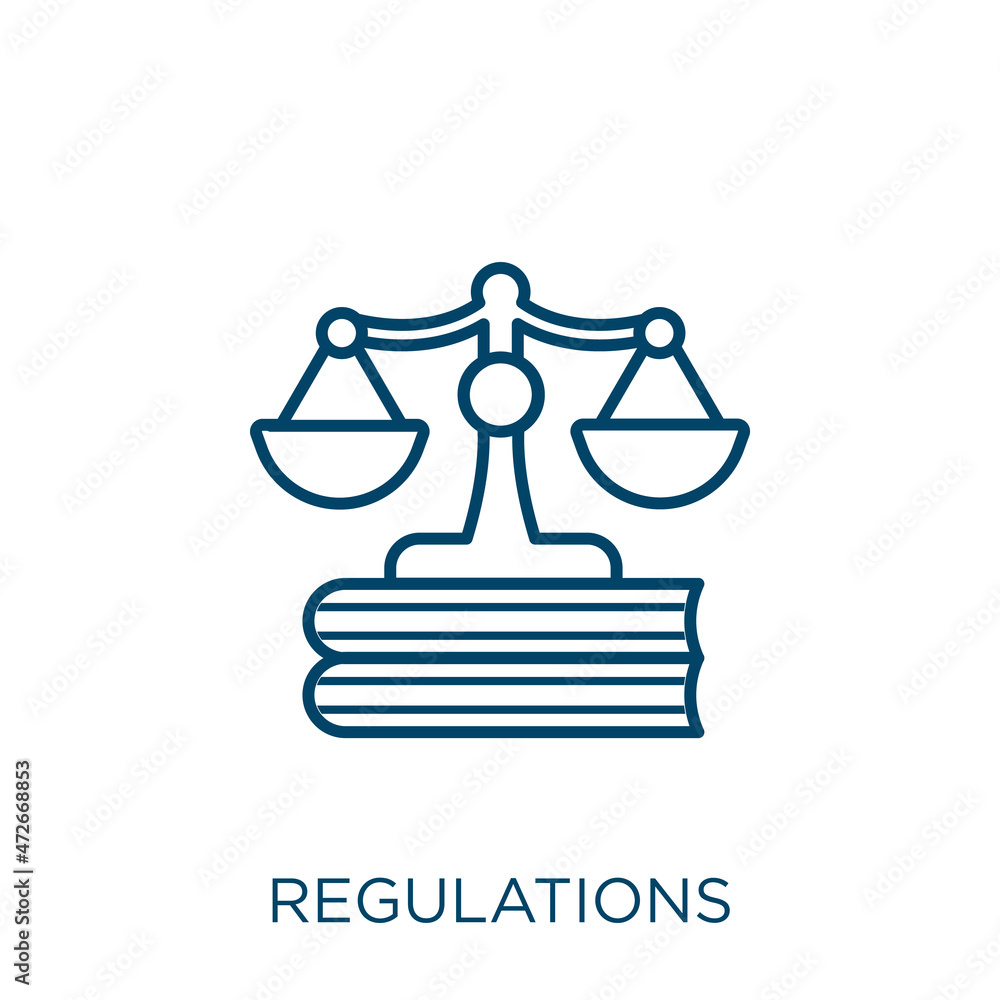CNIL's New AI Regulations: Practical Steps For Businesses

Table of Contents
Understanding the Scope of CNIL's AI Regulations
Defining "AI" under CNIL Guidelines
The CNIL's definition of AI encompasses a broad range of systems employing machine learning, deep learning, and other techniques to perform tasks that typically require human intelligence. This isn't a rigid definition, but rather a functional one, focusing on the system's capabilities and impact. Understanding this nuance is key to determining if your systems fall under their purview.
-
Examples of AI systems covered:
- Facial recognition systems used for security or marketing.
- Predictive policing algorithms analyzing crime data.
- Automated loan application decision-making systems.
- AI-powered recruitment tools screening candidates.
-
Examples of systems not covered:
- Simple rule-based systems without learning capabilities.
- Basic statistical analysis without AI-driven decision-making.
It's important to note that the application of CNIL AI regulations often intersects with the General Data Protection Regulation (GDPR). Many AI systems process personal data, triggering GDPR compliance requirements in addition to the specific CNIL AI guidelines.
Key Principles of the CNIL's AI Framework
The CNIL's approach to AI regulation is guided by several core principles, emphasizing ethical considerations and user rights. These principles should underpin the design, development, and deployment of all AI systems.
- Human oversight: Maintaining human control and intervention in critical AI decisions.
- Data minimization: Limiting the collection and use of personal data to only what is strictly necessary.
- Accountability: Establishing clear lines of responsibility for AI systems and their outcomes.
- Transparency: Ensuring users understand how AI systems are used and what data is processed.
- Fairness and non-discrimination: Preventing bias and ensuring equitable treatment in AI-driven processes.
For detailed information and official documentation, refer to the CNIL's website [link to relevant CNIL documentation].
Practical Steps for Compliance with CNIL AI Regulations
Conducting a Data Protection Impact Assessment (DPIA)
For high-risk AI systems, conducting a Data Protection Impact Assessment (DPIA) is mandatory under CNIL regulations. A DPIA helps identify and mitigate potential risks to individuals' rights and freedoms.
-
Steps involved in conducting a DPIA:
- Defining the AI system and its purpose.
- Identifying the personal data processed.
- Assessing the risks to individuals' rights and freedoms.
- Implementing appropriate safeguards.
- Documenting the entire process.
-
Identifying high-risk AI systems: Systems that involve automated decision-making with significant legal or similarly impactful consequences for individuals are generally considered high-risk.
The CNIL provides valuable resources and guidance on conducting DPIAs [link to CNIL resources on DPIAs].
Implementing Data Governance Measures
Effective data governance is crucial for compliance with CNIL AI regulations. This involves establishing robust processes for managing data used in AI systems throughout their lifecycle.
- Data quality control measures: Implementing procedures to ensure the accuracy, completeness, and relevance of the data used for training and operation of AI systems.
- Secure data storage and processing: Employing appropriate security measures to protect personal data from unauthorized access, use, disclosure, alteration, or destruction.
- Mechanisms for data subject rights: Establishing processes for individuals to exercise their rights (access, rectification, erasure, restriction of processing, data portability, and objection) as outlined in the GDPR.
Ensuring Transparency and Explainability
Transparency and explainability are key requirements for AI systems under CNIL regulations. Users should understand how AI systems are used and what data is processed. This includes providing explanations of AI-driven decisions.
- Methods for explaining AI decisions to users: Employ techniques such as providing simplified explanations, highlighting key factors influencing decisions, or offering access to relevant data.
- Providing clear information about the use of AI: Disclosing the use of AI in a clear and concise manner, specifying the purpose of its application and the type of data processed.
- The Right to Explanation: This crucial right allows individuals to understand the logic behind automated decisions that affect them. Your systems must facilitate this right.
Establishing Accountability Mechanisms
Demonstrating compliance with CNIL regulations requires establishing robust accountability mechanisms. This involves documenting processes, conducting regular audits, and assigning responsibilities.
- Documentation of processes and decisions: Maintaining detailed records of the development, deployment, and operation of AI systems, including data processing activities and decision-making processes.
- Regular audits and reviews: Conducting regular audits to assess compliance with CNIL regulations and identify areas for improvement.
- Designated data protection officer responsibilities: Appointing a Data Protection Officer (DPO) to oversee compliance with data protection regulations.
Conclusion
This guide has outlined key aspects of CNIL's new AI regulations and provided practical steps for businesses to ensure compliance. Understanding the scope of these regulations, conducting DPIAs, implementing robust data governance measures, and ensuring transparency and explainability are crucial for avoiding penalties and fostering ethical AI practices. Ignoring these requirements can lead to significant financial and reputational damage.
Call to Action: Staying informed about evolving CNIL AI regulations is vital for the long-term success of your business. Proactively implement these measures to ensure your business operates within the legal framework, maintains public trust, and demonstrates responsible use of AI. Download our comprehensive checklist for navigating CNIL AI regulations today! [link to checklist]

Featured Posts
-
 Arqam Jwanka Tqlq Alnsr Thlyl Shaml
Apr 30, 2025
Arqam Jwanka Tqlq Alnsr Thlyl Shaml
Apr 30, 2025 -
 Emhoffs Removal From Holocaust Memorial Council A Trump Decision
Apr 30, 2025
Emhoffs Removal From Holocaust Memorial Council A Trump Decision
Apr 30, 2025 -
 Zoe Kravitz And Noah Centineo Exploring The Dating Rumors
Apr 30, 2025
Zoe Kravitz And Noah Centineo Exploring The Dating Rumors
Apr 30, 2025 -
 Were Chris Paul Harrison Barnes And Julian Champagnie In Every Spurs Game This Year
Apr 30, 2025
Were Chris Paul Harrison Barnes And Julian Champagnie In Every Spurs Game This Year
Apr 30, 2025 -
 Ru Pauls Drag Race Season 17 Episode 6 What To Expect
Apr 30, 2025
Ru Pauls Drag Race Season 17 Episode 6 What To Expect
Apr 30, 2025
